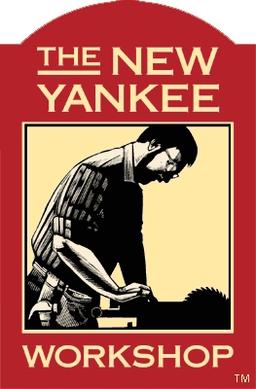I hope this is okay to post here. If not, let me know where I should go.
I built a standard table using mostly scrap wood. The top is a very nice piece of half-inch plywood, attached to 2x4 apron surrounding the sides. Legs are screwed into the apron (not mortise and tenoned because I was lazy). I’m typing on it now with a laptop and seems sturdy now but when I put my monitor setup, it becomes very top heavy. Since I tend to “pull” on my desk to move my chair, it would likely topple, which would be very bad™.
I’ve been frantically searching online of ways to counter-act this and methods don’t seem clear as to how they work. For example, some woodworking websites suggest adding cross braces across the legs. The page doesn’t explain why this works. I am guessing it spreads the force of weight across the braces towards the back legs?
I also found some plans that show a rising standing desk. Ignoring the moving parts, I saw that the legs were parallel to the desk, joined by what I’ll assume is mortise and tenon. This plan seems a bit more doable with the tools I have, and has a similar shape.
My monitor stand also functions as a rising desk and MUST sit on the front of the desk. So the apron is set back roughly 5 inches in the front so that it can clamp in. I estimate it’s roughly 20 pounds with the monitors on it. I know I could just buy 20 pounds of weight and put it on the back but given that tables should be tables, I figured I would ask here for suggestions.
I’ve got family stuff today and I’ll try to reply as I am able. Thanks in advanced.


I think I see the problem, if I understand correctly the building of your desk. The dimensions are alright, I’m guessing the table itself is not very massive/heavy and, by what you said about the apron set back on the front, the front legs are, also, set back those 5 inches which already put the centre of mass quite high and to the front. Adding the monitors and stand worsens it, moving it higher and forward, barely to the edge of the rectangle formed by the legs. Also, you’ve mentioned the legs move slightly, again moving the centre of mass further to the front. This flexibility in the joints, and probably also the monitor stand, means that if it tips past a certain point it will tend to tip even more.
So the solution imo—given that moving the weight back is not an option—is to move and/or angle the front legs to the front, reinforce them in the shape of a triangle and maybe brace them better to make the whole structure sturdier, any giving in the joints will make it tipsier. The last detail that could help, but very slightly probably so not a solution by itself, is how well your chair rolls, and how fast you want to get closer to your desk.
Omg you explained this very well. I didn’t take into account that moving the legs back would move the center of gravity.
God damn it. Physics! You bitch!
I think the triangle approach is not possible. I am beginning to wonder if my approach (e.g. table with an apron) is the wrong approach.
You can add a horizontal span where the legs meet the floor to help make it a bit more stable thanks to a wider base. Think something similar to the upside down Ts on some standing desks, but instead of one vertical riser you would have two.
It could be as easy as screwing some scrap wood at the base of your existing legs that produces out the front 5-6". Depending on where the desk is and if they would be a hazard you could go even longer.
So, wild thought. If you can’t brace from the front to prevent tipping, the other option would be to lock down the back. It also sounds like you need a smoother surface for your desk chair.
What if you laid down a sheet of plywood and attached the rear legs to it? If the rear legs can’t lift, the desk can’t tip to the front.